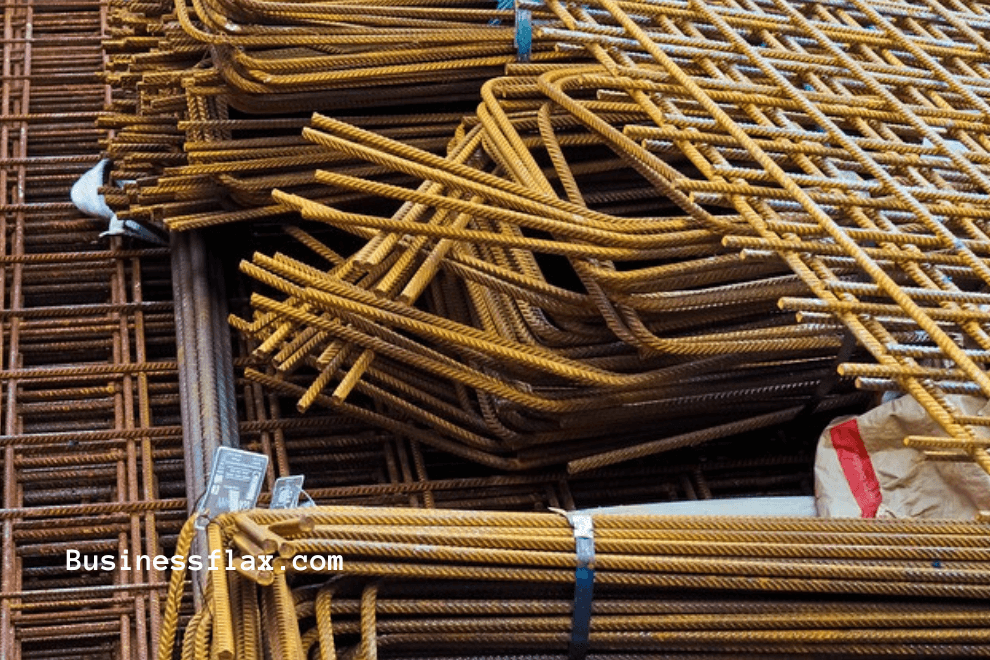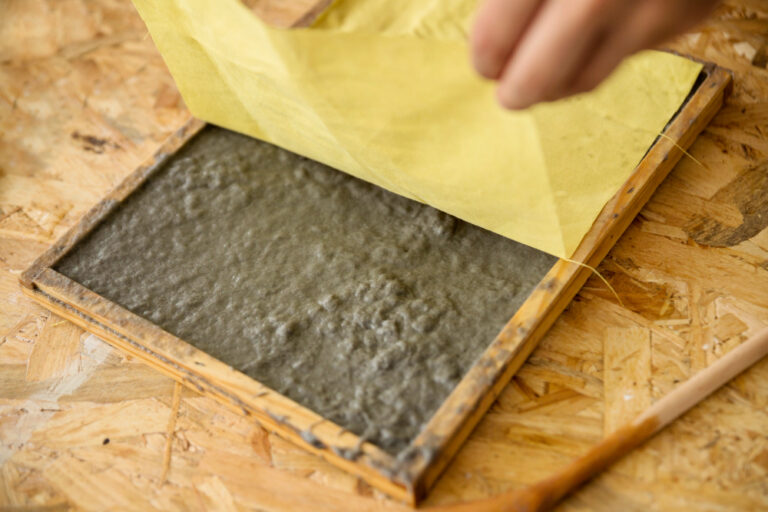The Importance of Rebar in Foundation Footings

In the realm of construction, the foundation serves as the bedrock upon which the stability of any structure depends. One critical component that enhances the strength and durability of foundation footings is reinforcing bar, commonly known as rebar. Understanding the significance of rebar in foundation footings is essential for builders, engineers, and homeowners alike. This article delves into the importance of rebar, its benefits, installation techniques, and best practices to ensure robust and long-lasting foundations. Also read here Hipped and Gabled Roofs.
What is Rebar?
Rebar, short for reinforcing bar, is a steel bar or mesh of steel wires used as a tension device in reinforced concrete and masonry structures. Rebar’s primary purpose is to strengthen and hold the concrete in compression. Concrete, while strong in compression, is weak in tension. Rebar bridges this gap by providing the necessary tensile strength to concrete structures, thereby preventing cracking and structural failures. In foundation footings, rebar plays a pivotal role in enhancing the load-bearing capacity and overall integrity of the structure.
The Role of Rebar in Foundation Footings:
Foundation footings are the structural elements that transfer the load from the building to the soil. They are designed to distribute the weight of the structure evenly across the ground, preventing uneven settling and potential structural damage. Rebar is embedded in these foundation footings to provide additional strength and stability. The inclusion of rebar ensures that the concrete can withstand both compressive and tensile forces, reducing the risk of cracks, fractures, and other structural issues.
Benefits of Using Rebar in Foundation Footings:
- Enhanced Structural Integrity: Rebar significantly enhances the structural integrity of foundation footings. By providing tensile strength, rebar prevents the concrete from cracking under stress, ensuring that the foundation remains solid and secure over time.
- Increased Load-Bearing Capacity: The addition of rebar increases the load-bearing capacity of foundation footings. This means that the foundation can support greater weights without the risk of sinking or shifting, making it ideal for buildings of various sizes and complexities.
- Durability and Longevity: Rebar-reinforced concrete foundations are more durable and long-lasting. The tensile strength provided by rebar helps the foundation withstand various stresses, including environmental factors like temperature changes, seismic activity, and soil movement.
- Prevention of Cracks and Fractures: One of the primary benefits of rebar is its ability to prevent cracks and fractures in the concrete. By distributing stress evenly, rebar minimizes the risk of structural weaknesses that could compromise the foundation’s stability.
Types of Rebar Used in Foundation Footings:
Several types of rebar can be used in foundation footings, each with its unique properties and applications. The most common types include:
- Carbon Steel Rebar: This is the most widely used type of rebar due to its affordability and high tensile strength. Carbon steel rebar is suitable for most construction projects, including residential and commercial buildings.
- Epoxy-Coated Rebar: Epoxy-coated rebar is coated with a layer of epoxy to protect it from corrosion. This type of rebar is ideal for foundations that may be exposed to moisture or harsh environmental conditions.
- Stainless Steel Rebar: Stainless steel rebar offers superior corrosion resistance and is often used in projects where longevity and durability are critical. However, it is more expensive than carbon steel rebar.
- Fiberglass Rebar: Fiberglass rebar, also known as GFRP (Glass Fiber Reinforced Polymer), is a non-metallic alternative to traditional steel rebar. It is lightweight, corrosion-resistant, and has excellent tensile strength.
Installation Techniques for Rebar in Foundation Footings:
Proper installation of rebar in foundation footings is crucial to ensure its effectiveness. Here are some key steps involved in the installation process:
- Design and Planning: The first step in installing rebar is to create a detailed design and plan. This involves determining the placement, spacing, and size of the rebar based on the load requirements and structural specifications.
- Cutting and Bending: Rebar is typically supplied in long lengths and needs to be cut and bent to fit the foundation’s design. This can be done using specialized tools and equipment to ensure precise measurements and angles.
- Placement and Securing: Once the rebar is cut and bent, it is placed within the foundation footing forms. The rebar should be positioned according to the design specifications, ensuring that it is evenly distributed and adequately supported. It is then secured using tie wire or rebar chairs to prevent movement during the concrete pour.
- Concrete Pouring: After the rebar is securely in place, concrete is poured into the footing forms. Care must be taken to ensure that the concrete fully encapsulates the rebar, eliminating any voids or air pockets that could compromise the foundation’s strength.
- Curing and Inspection: Once the concrete is poured, it must be allowed to cure properly. This involves keeping the concrete moist and at an appropriate temperature to ensure it gains maximum strength. After curing, the foundation should be inspected to verify that the rebar is correctly placed and that the concrete has no cracks or weaknesses.
Best Practices for Using Rebar in Foundation Footings:
To ensure the effectiveness of rebar in foundation footings, it is essential to follow best practices during the design, installation, and maintenance phases. Some of these best practices include:
- Adhering to Building Codes and Standards: Ensure that the design and installation of rebar in foundation footings comply with local building codes and industry standards. This helps guarantee the safety and reliability of the foundation.
- Proper Spacing and Placement: Follow the design specifications to ensure that the rebar is correctly spaced and placed within the foundation footings. Incorrect placement can lead to uneven stress distribution and potential structural issues.
- Using High-Quality Materials: Use high-quality rebar and concrete materials to ensure the durability and longevity of the foundation. Avoid using substandard materials that could compromise the foundation’s integrity.
- Regular Inspections and Maintenance: Conduct regular inspections of the foundation to check for any signs of cracks, corrosion, or other issues. Timely maintenance and repairs can prevent minor problems from escalating into major structural failures.
Conclusion:
Rebar plays an indispensable role in enhancing the strength, stability, and longevity of foundation footings. By providing the necessary tensile strength, rebar prevents cracks, increases load-bearing capacity, and ensures the foundation can withstand various stresses and environmental factors. Proper design, installation, and maintenance of rebar are crucial to achieving a robust and durable foundation. By adhering to best practices and using high-quality materials, builders and engineers can create foundations that stand the test of time, ensuring the safety and stability of the structures they support.






